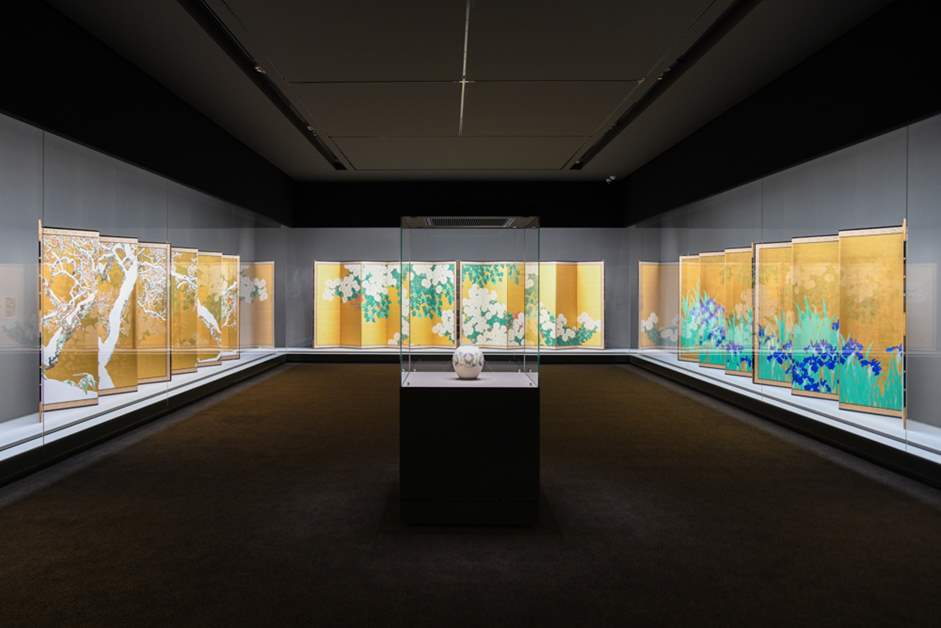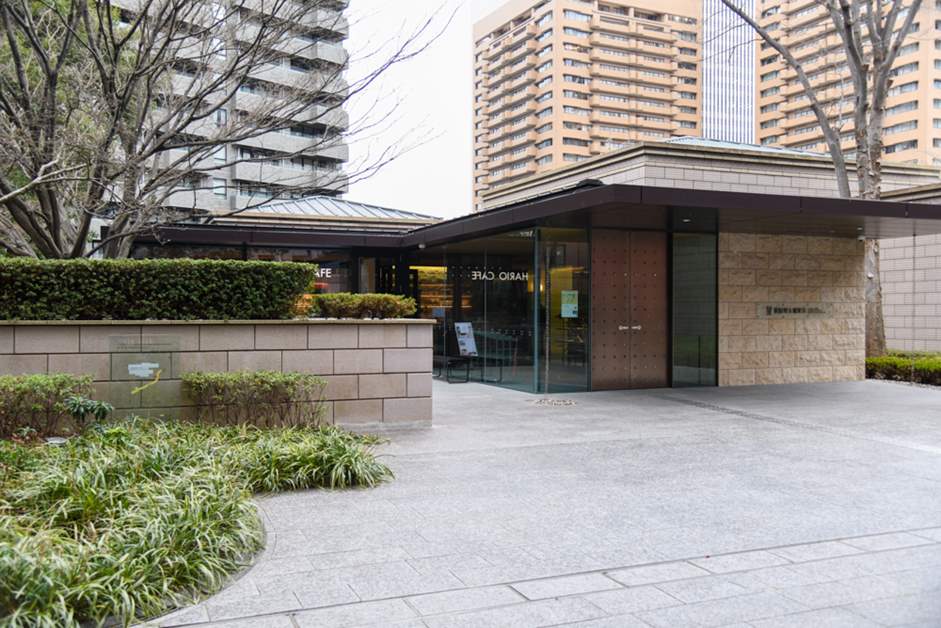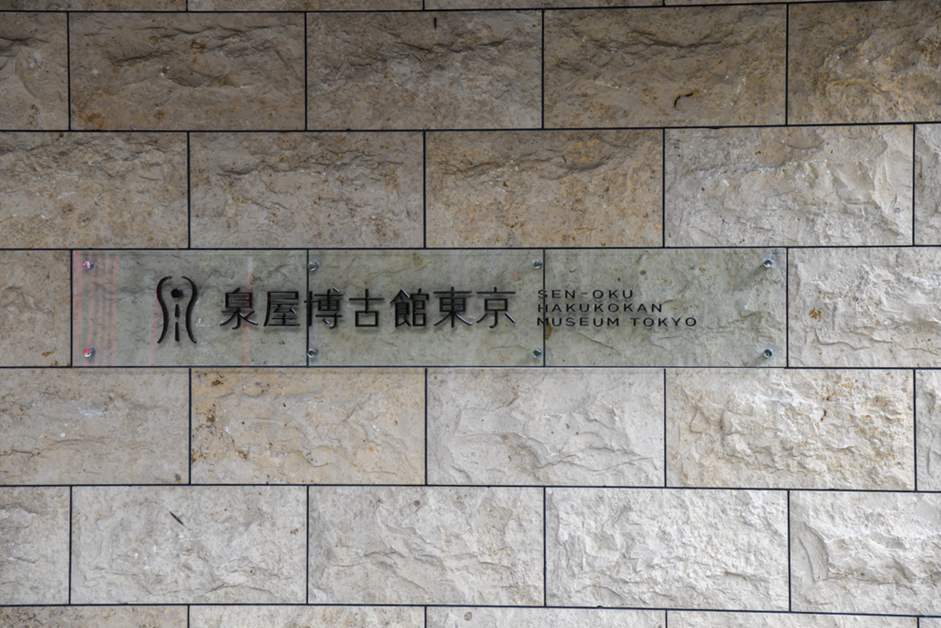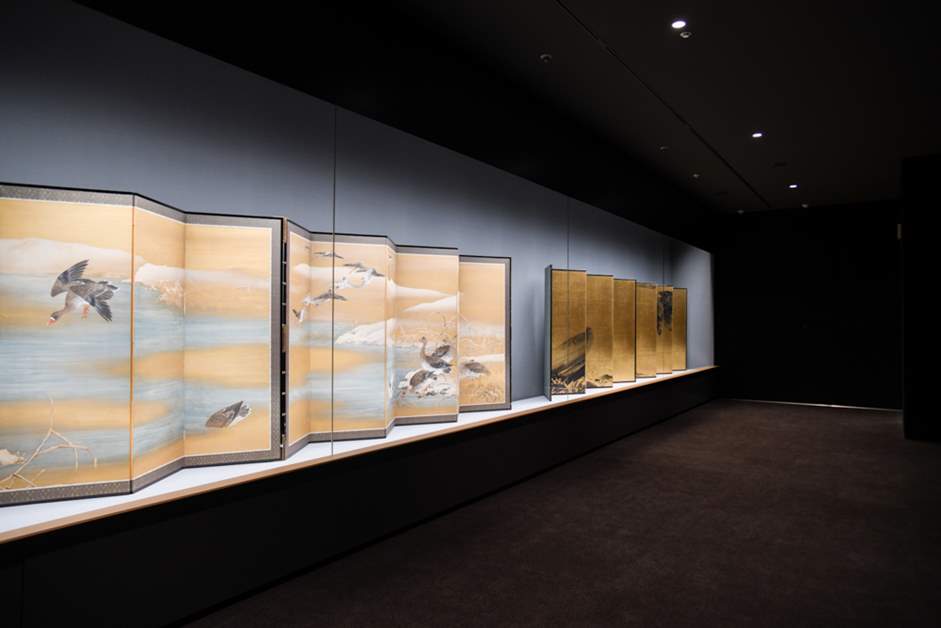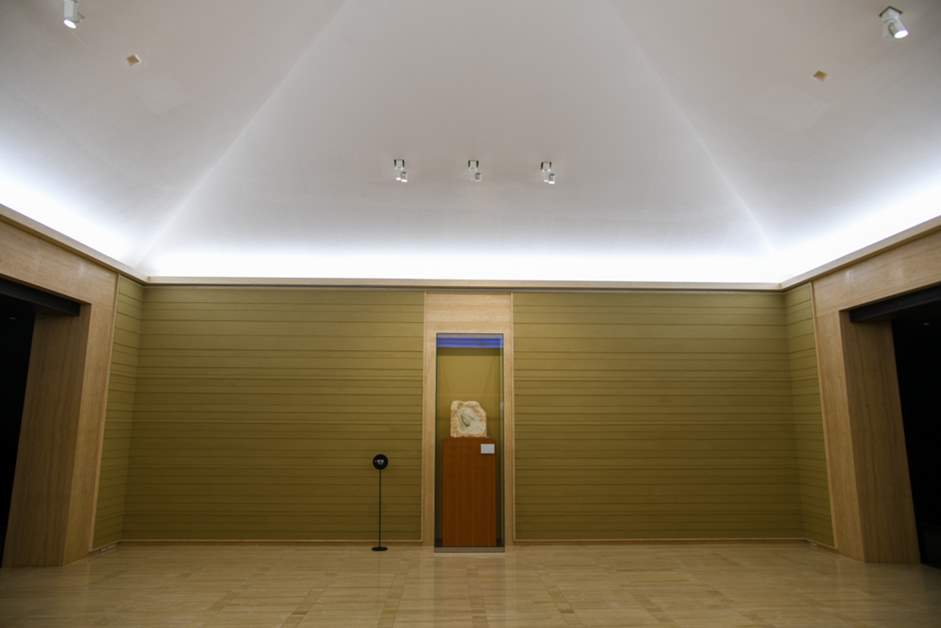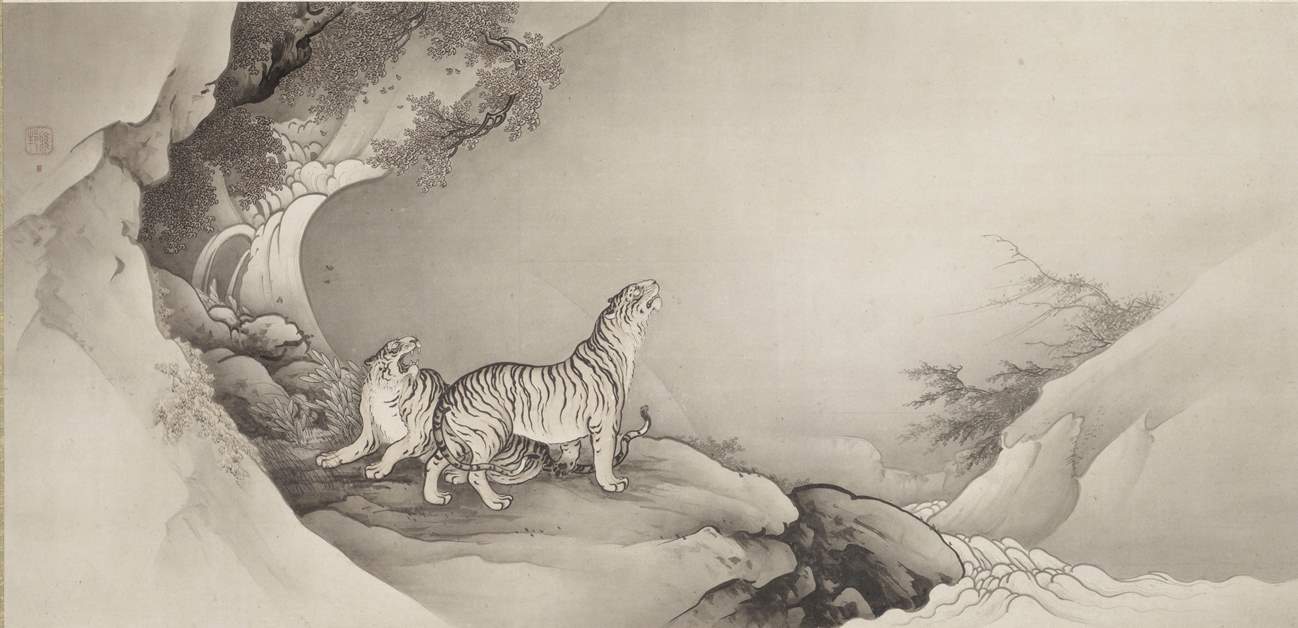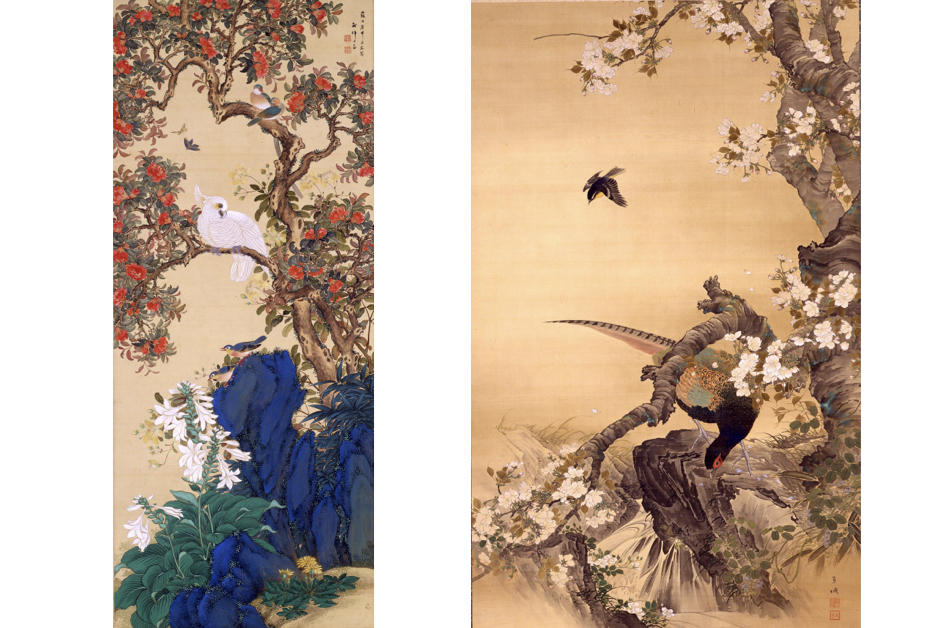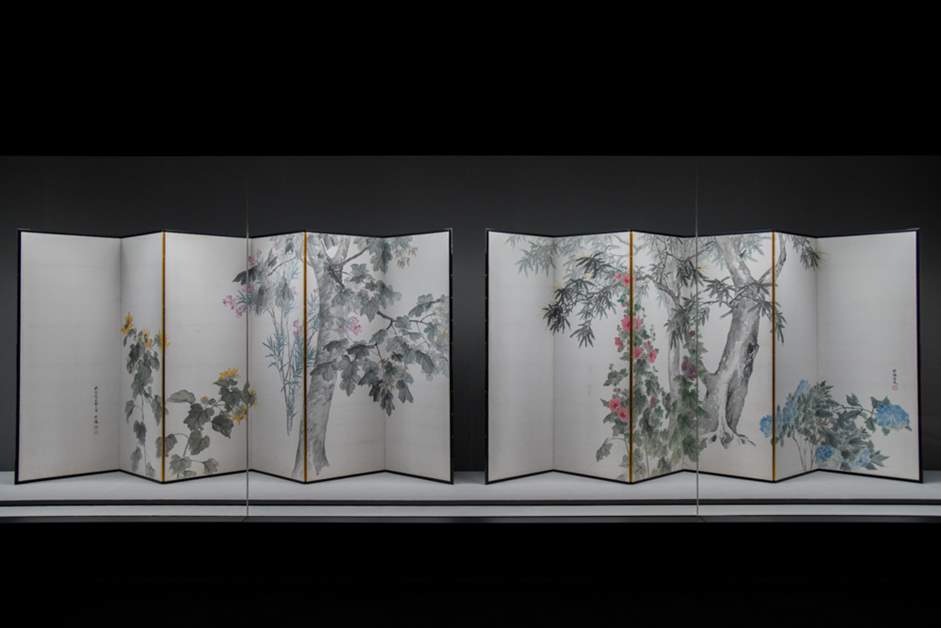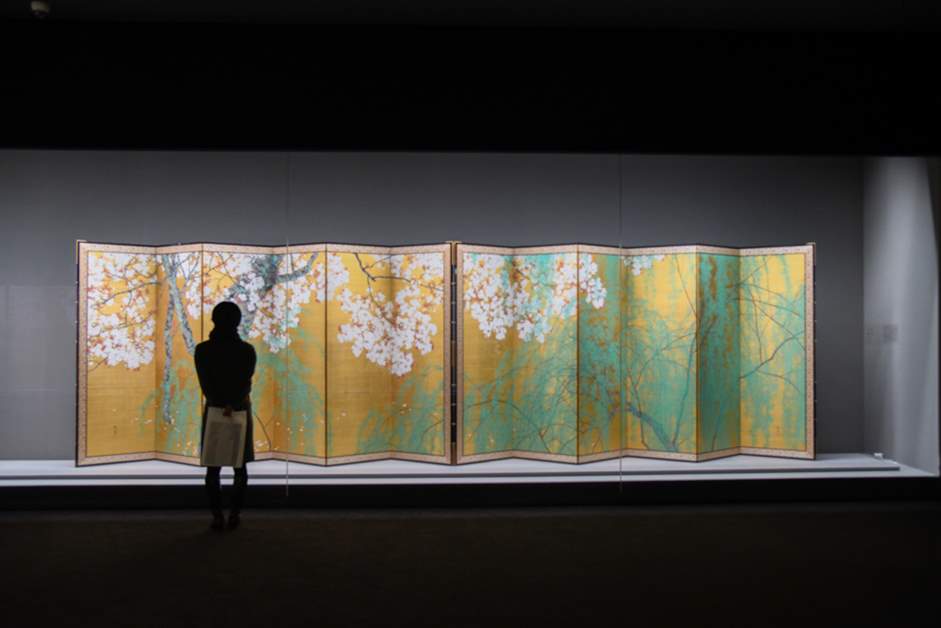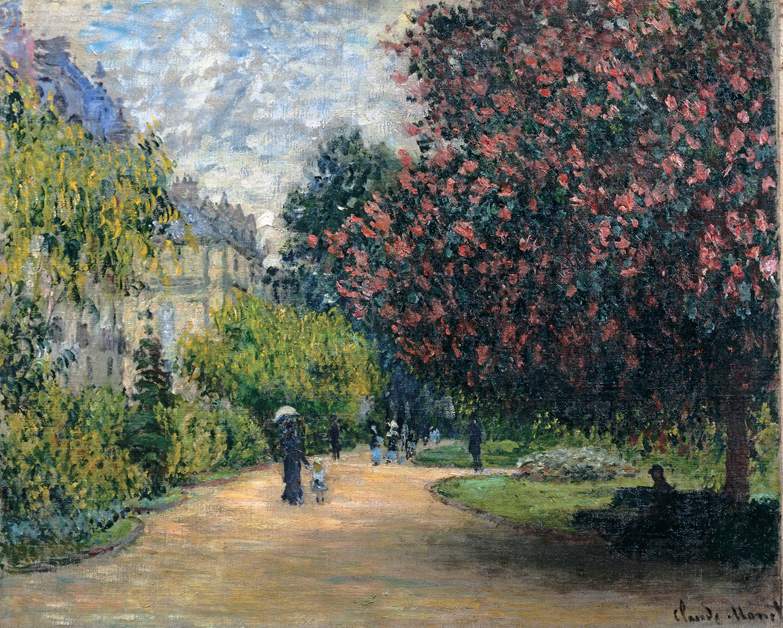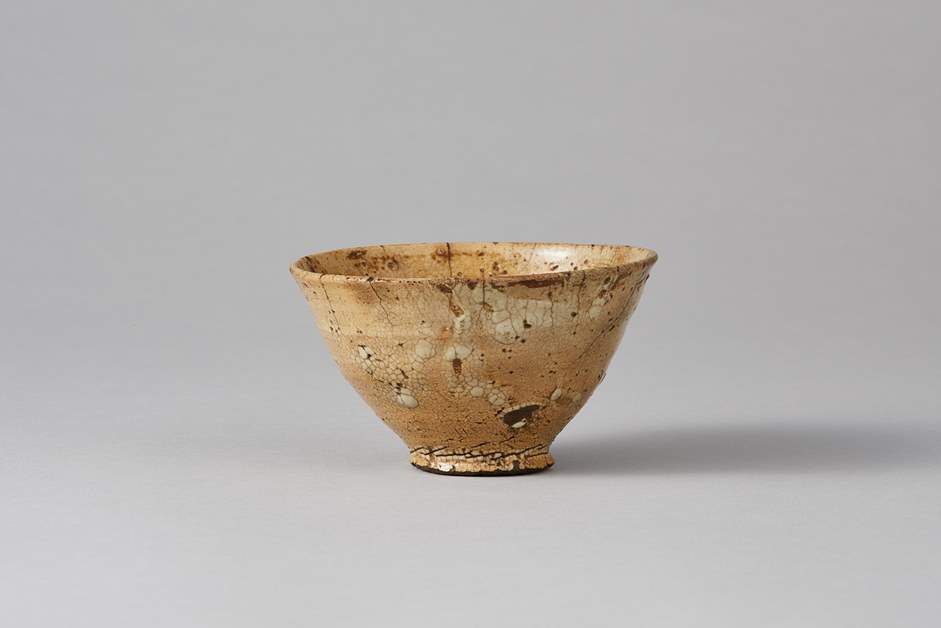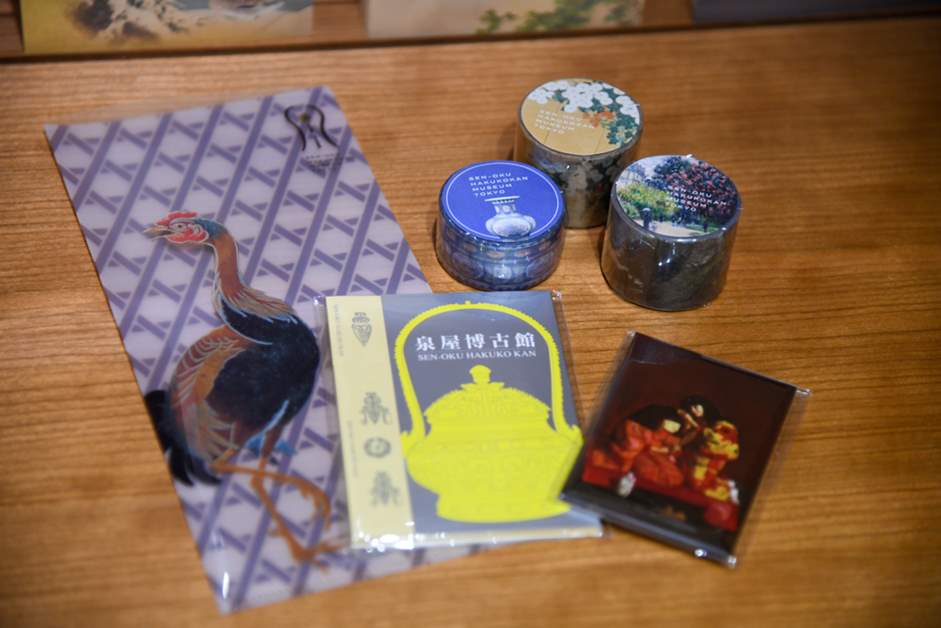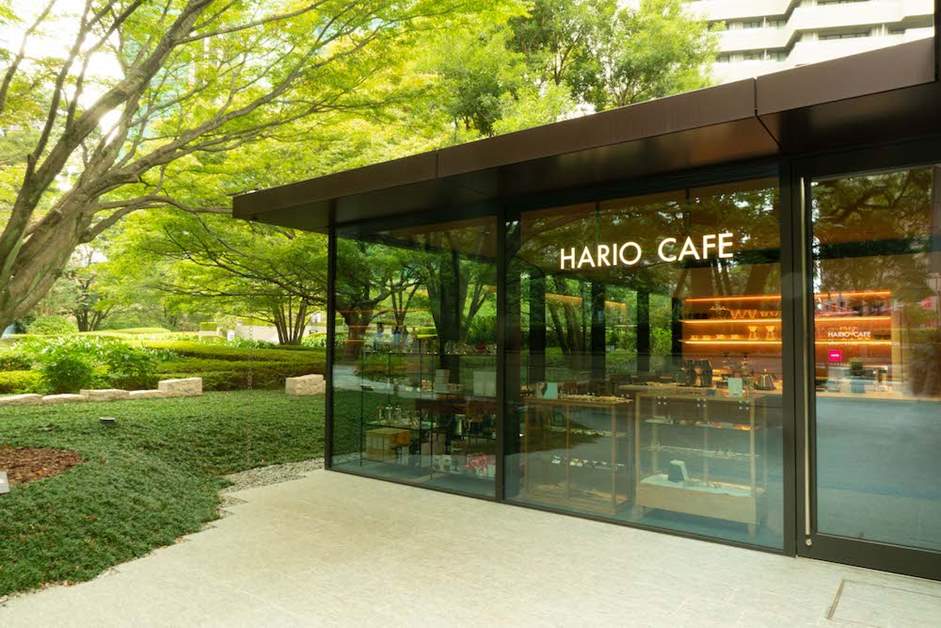"Sen-Oku Hakukokan Museum Tokyo" Has Reopened! Introducing Three Must-See Renewed Exhibits Including the "Japanese Art Triangle" Exhibition
The "Sen-Oku Hakukokan Museum Tokyo" re-opened since it closed from the end of 2019. With a new name, the museum will be unveiled at the "Japanese Art Triangle: The Artists' Osaka, Kyoto, and Tokyo" Exhibition on March 19, 2022. In this article, we will show you through the new museum and must-sees of the exhibition.
Renewed to "Sen-Oku Hakukokan Museum Tokyo" from "Sen-Oku Hakukokan Museum Annex"
"Sen-Oku Hakukokan Museum Annex" opened in the former Sumitomo Family Azabu Residence at current Roppongi 1-chome in 2002 as an annex of Sen-Oku Hakukokan in Kyoto. After more than 2 years of refurbishing since the end of 2019, the museum was reborn as "Sen-Oku Hakukokan Museum Tokyo." The building was rebuilt with glass walls. The "Sen" museum logo in the entrance uses the symbol of ancient character inscriptions from China.
The three main renewed points are the following:
1. Exhibition expansion
2. Exhibition renovation
3. New café, museum shop, and auditorium
1. Exhibition expansion
2. Exhibition renovation
3. New café, museum shop, and auditorium
Exhibit Room 2
The number of exhibit rooms doubled from two to four. The interior space became more relaxed, increasing the number of works that could be displayed. Also, the range of exhibit configurations widened. The existing exhibit rooms changed to a calm-toned color and have a chic impression. The lighting was updated, creating a high-quality viewing experience.
Hall
The hall from the entrance and Exhibit Room 4 are parts of the museum where you can feel the history of the area.
Exhibit Room 4
In the hall with symbolic exhibits, the stratified woodblock finished walls make us feel the layers of time and history. On the other hand, Exhibit Room 4 has wallpaper with crests and a navy carpet. It creates an atmosphere that evokes the former Sumitomo Family Residence Annex.
What are the must-sees of the renewed exhibition?
The renewed exhibit will be held from March to October in three themes. Valuable items out of the 3500 Sumitomo collection that is the main displays of Sen-Oku Hakukokan. Out of those items, the first exhibit that will be held from March 19th to May 8th is the "Japanese Art Triangle: The Artists' Osaka, Kyoto, and Tokyo" exhibition.
"Mountainous Tiger" by Masakuni Hashimoto, around 1890, Sen-Oku Hakukokan Museum Tokyo
The modern Japanese artworks of the Sumitomo Collection are centered around auspicious paintings and flower-and-bird paintings by famous artists in Osaka, Kyoto, and Tokyo. In this exhibition, the three cities are depicted as a "triangle," and a Japanese art exhibition with first-time showings and newly acquired works will be held.
As for artists from Osaka, the "Twelve Months of Beauty" by Hozan Ueshima will be displayed in 12 panels (first half only). Also, works by Naoki Fukada and Akitsubo Yamada will be displayed.
As for artists from Osaka, the "Twelve Months of Beauty" by Hozan Ueshima will be displayed in 12 panels (first half only). Also, works by Naoki Fukada and Akitsubo Yamada will be displayed.
Left: "Pomegranate Flower and White Parrot" by Shuhei Yamada, 1920, Sen-Oku Hakukokan Museum Tokyo Right: "Flowers and Birds of Spring and Autumn" by Naoki Fukada, late 19c to early 20c, Sen-Oku Hakukokan Museum Tokyo
As for artists from Tokyo, the "Mountainous Tiger" by Masakuni Hashimoto, a major figure in modern Japanese paintings, will be shown for the first time since its restoration. Works by Hokkai Takashima will be in the lineup as well.
"Folding Screen Painting of Flowers and Plants" bu Hokkai Takashima, 1913, Sen-Oku Hakukokan Museum Tokyo
As for artists from Kyoto, the "Willow and Cherry Blossoms" by Oukoku Kijima, or "Oukokusan," will be displayed. The artist has been re-evaluated in recent years.
"Willow and Cherry Blossoms" by Oukoku Kijima, 1917, Sen-Oku Hakukokan Museum Tokyo
In the three economically major cities, slightly different art cultures were nurtured. In this exhibition, you can understand the genealogy of each art world and the regional charateristic of the painting style. It is a great opportunity to learn the flow of modern Japanese art.
Don't miss the 2nd and 3rd commemorative exhibitions, "Kouin Raisan" and "Kobijutsu Shoyo"!
The 2nd commemorative exhibition from May 21 to July 31, "Kouin Raisan - Sumitomo Western Art Collection Beginning from Monet," is a modern Western art exhibition, mainly French art.
"Monceau Park" by Claude Monet, 1876, Sen-Oku Hakukokan Museum Tokyo
The centerpiece of the exhibition is "Monceau Park" by Claude Monet, one of the first Western art pieces acquired by the Sumitomo family. This is a work that depicted a park in the 8th Arr. of Paris by a popular Impressionist artist, Monet.
On the other hand, the Sumitomo Western art collection possesses the historical artworks of Jean=Paul Laurence, a famous artist at a traditional salon. Here, Impressionism and Realism artwork drawn in the same era are displayed side by side. You can compare Impressionist art with light from the outdoors and Realism art pursuing reality. Also, modern artworks of the two genres will be displayed.
Also, the third commemorative exhibition from September 10 to October 23 is "Kobisjutu Shoyo - Looking Towards the East." The exhibition will display Japanese and Chinese art, tea ceremony tools, and Buddhist items, including national treasures and cultural properties.
On the other hand, the Sumitomo Western art collection possesses the historical artworks of Jean=Paul Laurence, a famous artist at a traditional salon. Here, Impressionism and Realism artwork drawn in the same era are displayed side by side. You can compare Impressionist art with light from the outdoors and Realism art pursuing reality. Also, modern artworks of the two genres will be displayed.
Also, the third commemorative exhibition from September 10 to October 23 is "Kobisjutu Shoyo - Looking Towards the East." The exhibition will display Japanese and Chinese art, tea ceremony tools, and Buddhist items, including national treasures and cultural properties.
"Koido bowl Mei Rokujizo," Chosen Era (16c), Sen-Oku Hakukokan Museum Tokyo
If you visit all three exhibitions, you will be able to understand the essence of the Sumitomo collection from all over the world.
The museum shop and HARIO CAFÉ are open!
In this renewal, a museum shop was newly built. Other than popular souvenirs such as postcards and exhibition catalogs, items with motifs of artworks such as tote bags, book covers, ticket holders are available. It will take some time to choose which souvenirs to buy, all of them are very cute!
Also, the "HARIO CAFÉ," operated by heat-resistant glass manufacturer HARIO, is built next to the museum building. You can sit down and relax in front of the garden that surrounds the museum with a cup of tea or coffee brewed by HARIO glass tools.
The "Sen-Oku Hakukokan Museum Tokyo" will re-open on March 19, 2022. Why not have a look at the artworks of the Sumitomo collection inside the new building?
(DATA)
Sen-Oku Hakukokan Museum Tokyo
Address: 1-5-1 Roppongi, Tokyo
Access: Tokyo Metro Namboku Line Roppongi 1-chome Station, a 5-minute walk from the Izumi Garden outdoor escalator in the North ticket gate front exit
(Exhibition Information)
"Sen-Oku Hakukokan Museum Tokyo Renewal Commemorative Exhibition | Japanese Art Triangle: The Artists' Osaka, Kyoto, and Tokyo"
Date: March 19, 2022 (Sat) to May 8, 2022 (Sun)
First half: March 19 (Sat) to April 10 (Sun)
Second half: April 12 (Tue) to May 8 (Sun)
Opening hours: 11 AM to 6 PM
*Open until 7 PM on Fridays
*Last entrance 30 min before closing
Closed: Every Monday
*Open on March 21 (holiday), closed on March 22 (Tue)
Entry fee: 1000 yen for adults, 600 yen for students, free for children under junior high
*Group discounts for groups with more than 20 people (800 yen for adults, 500 yen for students)
*Free entry for visitors with disabilities
Sen-Oku Hakukokan Museum Tokyo
Address: 1-5-1 Roppongi, Tokyo
Access: Tokyo Metro Namboku Line Roppongi 1-chome Station, a 5-minute walk from the Izumi Garden outdoor escalator in the North ticket gate front exit
(Exhibition Information)
"Sen-Oku Hakukokan Museum Tokyo Renewal Commemorative Exhibition | Japanese Art Triangle: The Artists' Osaka, Kyoto, and Tokyo"
Date: March 19, 2022 (Sat) to May 8, 2022 (Sun)
First half: March 19 (Sat) to April 10 (Sun)
Second half: April 12 (Tue) to May 8 (Sun)
Opening hours: 11 AM to 6 PM
*Open until 7 PM on Fridays
*Last entrance 30 min before closing
Closed: Every Monday
*Open on March 21 (holiday), closed on March 22 (Tue)
Entry fee: 1000 yen for adults, 600 yen for students, free for children under junior high
*Group discounts for groups with more than 20 people (800 yen for adults, 500 yen for students)
*Free entry for visitors with disabilities




